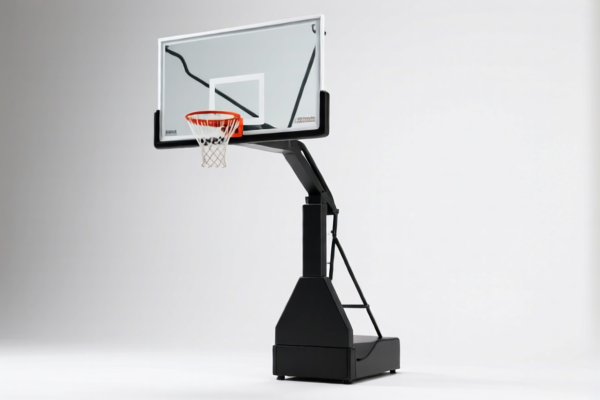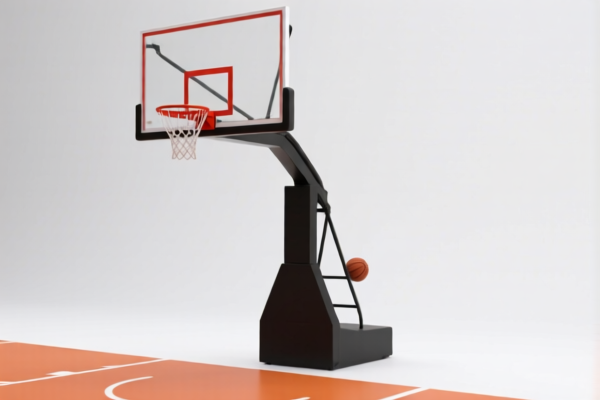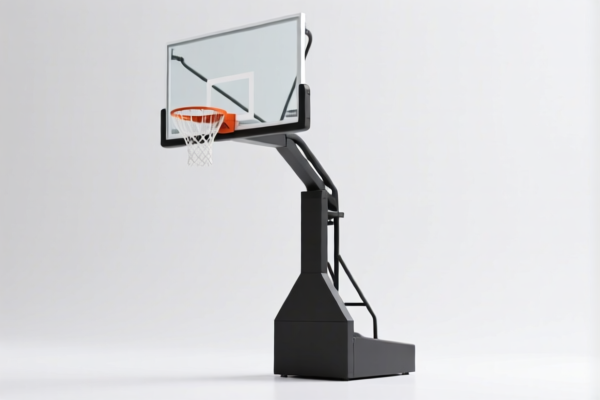| HS Code | Official Doc | Tariff Rate | Origin | Destination | Effective Date |
|---|---|---|---|---|---|
| 9506991500 | Doc | 55.0% | CN | US | 2025-05-12 |
| 9506996080 | Doc | 66.5% | CN | US | 2025-05-12 |
| 9507908000 | Doc | 39.0% | CN | US | 2025-05-12 |
| 6701006000 | Doc | 59.7% | CN | US | 2025-05-12 |
| 6702906500 | Doc | 54.5% | CN | US | 2025-05-12 |
| 6702903500 | Doc | 39.0% | CN | US | 2025-05-12 |




Baseball Stand
A baseball stand is a piece of equipment used in baseball practice and training to hold a baseball for a batter to hit, or for fielders to practice throwing. These stands come in various forms, catering to different practice needs and skill levels.
Material
Baseball stands are commonly constructed from the following materials:
- Metal: Often steel, providing durability and stability, particularly for heavier balls or frequent use. Powder coating is common to prevent rust.
- Plastic: Lighter weight and more portable options, suitable for younger players or casual practice. PVC is a frequent choice.
- Wood: Traditional material, offering a natural feel and aesthetic. Requires more maintenance to prevent weathering.
- Combination Materials: Some stands utilize a combination of metal bases for stability and plastic or rubber holders for the ball to prevent damage.
Purpose
The primary purposes of a baseball stand are:
- Hitting Practice: Holds the ball at a consistent height and location for batters to practice their swing.
- Fielding Practice: Allows fielders to practice throwing to a fixed target, improving accuracy and arm strength.
- Pitching Practice (limited): Some designs can be adapted for limited pitching practice, although dedicated pitching machines are more common.
- Rehabilitation: Used to hold the ball for batters recovering from injuries, allowing them to practice their swing without the full impact of a pitched ball.
Function
Baseball stands function by providing a stable base and a secure holder for the baseball. Key functions include:
- Height Adjustment: Many stands allow for adjustable height settings to accommodate different batters' stances and practice drills.
- Angle Adjustment: Some stands allow for angle adjustment to simulate different pitch locations.
- Ball Security: The holder must securely hold the ball to prevent it from falling or rolling during practice.
- Stability: The base must be stable enough to withstand the impact of a swinging bat or thrown ball.
Usage Scenarios
- Backyard Practice: Ideal for individual or small group practice sessions at home.
- Batting Cages: Used in batting cages to provide a consistent ball supply for hitters.
- Baseball Fields: Used during team practice sessions for various drills.
- Training Facilities: Employed in professional training facilities for advanced drills and analysis.
Common Types
- Fixed Height Stands: These stands have a single, non-adjustable height setting. Simplest and most affordable type.
- Adjustable Height Stands: Allow for height adjustment, making them suitable for players of different sizes and practice drills.
- Tee Stands: A type of stand with a rubber or plastic "tee" that the ball rests on. Often used for younger players.
- Rolling Stands: Equipped with wheels for easy portability around the field or batting cage.
- Chunky Base Stands: Feature a wide, heavy base for increased stability, often used with heavier balls or frequent use.
- Angle Adjustable Stands: Allow for both height and angle adjustment, providing more versatility in practice drills.
Based on the provided information, the following HS codes are relevant to “baseball stand”:
- 9506.99.15.00: This HS code falls under Chapter 95, which covers Articles and equipment for general physical exercise, gymnastics, athletics, other sports (including table-tennis) or outdoor games, not specified or included elsewhere in this chapter; swimming pools and wading pools; parts and accessories thereof. Specifically, it covers “Other: Other: Baseball articles and equipment, except balls, and parts and accessories thereof”. The tax detail indicates a base tariff of 0.0%, a surcharge of 0.0%, and a 30% surcharge on steel and aluminum products after April 2, 2025, resulting in a total tax rate of 55.0%.
- 9506.99.60.80: Also within Chapter 95, this HS code covers “Other: Other: Other Other”. It applies to articles and equipment for sports not specifically categorized elsewhere. The tax detail shows a base tariff of 4.0%, a surcharge of 7.5%, and a 30% surcharge on steel and aluminum products after April 2, 2025, leading to a total tax rate of 66.5%.
Regarding HS code 9506.99.15.00, please note that if the baseball stand is made of steel or aluminum, a 30% surcharge will apply after April 2, 2025.
Customer Reviews
No reviews yet.